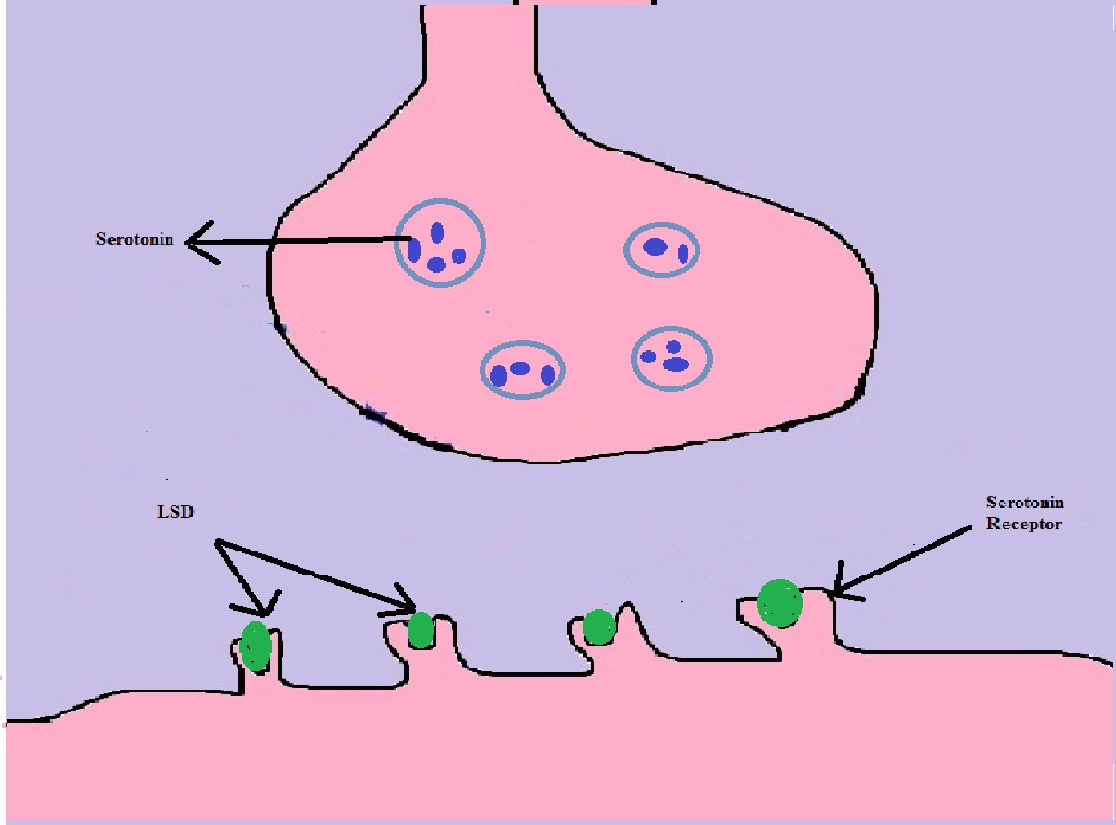Stem cell therapy has emerged as some of the promising areas of medical research and treatment in latest years. These versatile cells, which have the distinctive ability to develop into many different cell types, hold the potential to treat a wide variety of illnesses and injuries. The applications of stem cell therapy proceed to increase as research progresses, but as of now, several key conditions are showing particularly promising outcomes with stem cell treatments. Below, we’ll discover among the most significant conditions that can benefit from this advanced therapeutic approach.
1. Orthopedic Conditions and Injuries
One of the vital widespread applications of stem cell therapy is in the treatment of orthopedic conditions, particularly these involving joints, bones, and soft tissues like cartilage. Stem cells can be used to regenerate damaged tissues and reduce irritation, which makes them a valuable option for conditions comparable to:
– Osteoarthritis: A degenerative condition that impacts millions of individuals worldwide, osteoarthritis happens when the protective cartilage on the ends of bones wears down over time. Stem cell therapy can help regenerate this cartilage, doubtlessly slowing the progression of the disease and providing reduction from symptoms like pain and stiffness.
– Tendon Accidents: Tendons, the fibrous tissues that join muscle tissue to bones, are prone to injury from overuse, trauma, or degeneration. Stem cells can promote faster healing and reduce scar tissue formation, making them a valuable treatment option for conditions like Achilles tendonitis and rotator cuff injuries.
– Bone Fractures: Stem cells can enhance the body’s natural healing processes when it involves broken bones, especially those which might be gradual to heal or are otherwise complicated. This is particularly useful for elderly patients or those with conditions that impair bone healing, reminiscent of osteoporosis.
2. Neurological Problems
Neurological conditions, resembling spinal cord accidents, multiple sclerosis (MS), and Parkinson’s illness, have long posed a challenge for medical professionals because of the limited regenerative ability of nerve cells. However, stem cell therapy presents new hope by promoting the repair or replacement of damaged neurons. A few of the most promising applications embrace:
– Parkinson’s Disease: Parkinson’s is a progressive disorder that primarily affects movement, caused by the degeneration of dopamine-producing neurons within the brain. Research into stem cell therapy for Parkinson’s focuses on changing these misplaced neurons, which could help restore motor operate and gradual the disease’s progression.
– A number of Sclerosis (MS): MS is an autoimmune condition where the immune system attacks the protective covering of nerve fibers, leading to communication problems between the brain and the rest of the body. Stem cell therapy goals to repair this damaged tissue and reboot the immune system, probably halting or reversing the effects of the disease.
– Spinal Cord Injuries: Damage to the spinal cord can lead to paralysis or loss of perform beneath the site of injury. Stem cell therapy is being studied for its potential to regenerate damaged nerve cells, which may help restore movement and sensation to affected areas.
3. Autoimmune Illnesses
Autoimmune ailments, such as lupus, Crohn’s disease, and rheumatoid arthritis, occur when the body’s immune system mistakenly attacks healthy tissues. These conditions are often chronic and debilitating, however stem cell therapy affords a promising alternative to traditional treatments by helping to modulate the immune system and repair damaged tissues.
– Rheumatoid Arthritis (RA): In RA, the immune system attacks the joints, inflicting pain, swelling, and eventual joint destruction. Stem cell therapy can reduce irritation and promote the repair of damaged joint tissues, doubtlessly leading to longer-lasting aid than conventional medications.
– Systemic Lupus Erythematosus (SLE): SLE is an autoimmune condition that can affect a number of organs, including the skin, kidneys, and heart. Stem cells might assist modulate the immune system and reduce the damage caused by lupus, providing an alternative choice to the immune-suppressing drugs commonly used to manage the disease.
– Crohn’s Disease: Crohn’s is an inflammatory bowel disease that affects the digestive tract. While medicines might help control irritation, stem cell therapy aims to repair the damaged tissues and reset the immune system, providing a more everlasting answer for patients who do not reply well to straightforward treatments.
4. Heart Illness and Cardiovascular Conditions
Heart illness is among the leading causes of death worldwide, and while treatments like medication and surgical procedure may help manage symptoms, they don’t typically address the undermendacity damage to the heart muscle. Stem cell therapy, nonetheless, holds the potential to repair and regenerate heart tissue, improving each heart operate and patient outcomes.
– Heart Failure: In heart failure, the heart is unable to pump blood successfully, often as a consequence of damage from a heart attack or long-term hypertension. Stem cell therapy can promote the regeneration of damaged heart muscle, helping to improve overall cardiac function.
– Coronary Artery Illness: This condition, characterized by the narrowing of the arteries that offer blood to the heart, can lead to heart attacks. Stem cells have the potential to encourage the expansion of new blood vessels (angiogenesis), which might improve blood flow and reduce the risk of future heart problems.
5. Diabetes
Diabetes, particularly type 1 diabetes, occurs when the body’s immune system destroys the insulin-producing beta cells within the pancreas. Stem cell therapy goals to replace these lost cells and restore the body’s ability to produce insulin, doubtlessly offering a cure for the condition. Research is still ongoing, however early outcomes have been promising, particularly for type 1 diabetics who do not respond well to traditional treatments like insulin therapy.
Conclusion
Stem cell therapy is a rapidly evolving discipline with the potential to revolutionize the treatment of numerous illnesses and injuries. From orthopedic conditions and autoimmune problems to neurological diseases and heart disease, the ability of stem cells to regenerate damaged tissues presents hope for more efficient, long-lasting treatments. As research progresses, we can anticipate to see even more applications for this groundbreaking therapy, potentially transforming the way we approach medicine in the future.
If you have any inquiries with regards to in which and how to use stem cell treatment, you can call us at our website.























